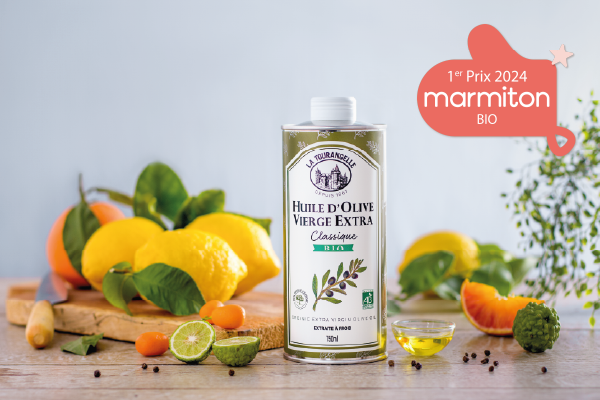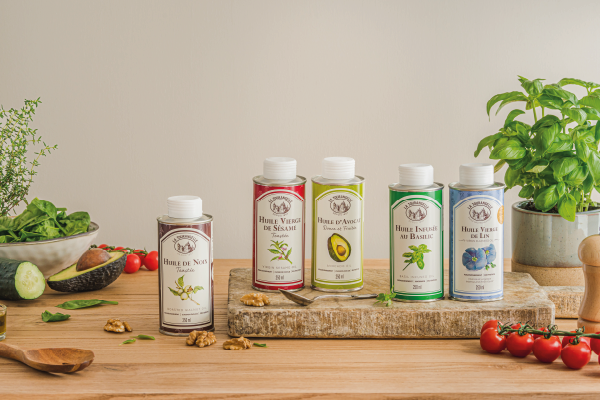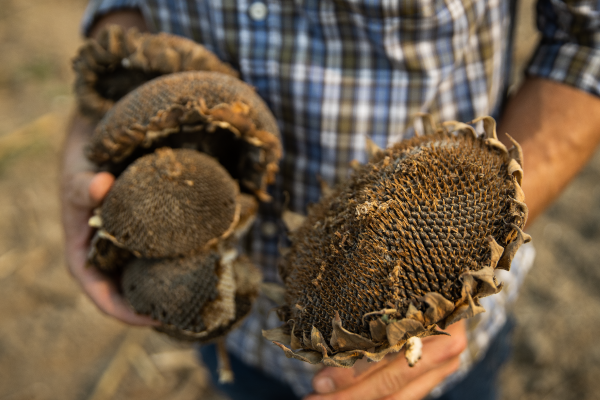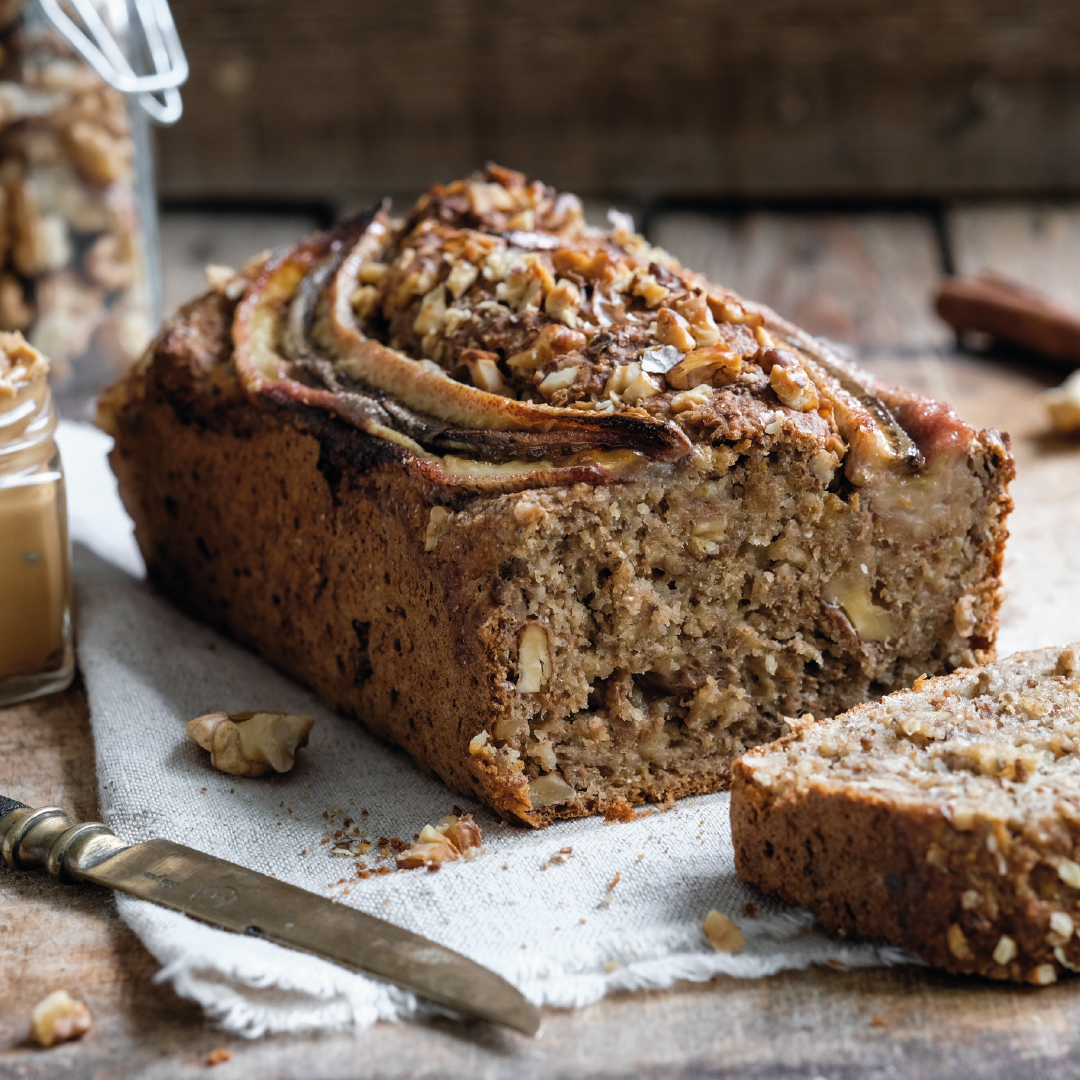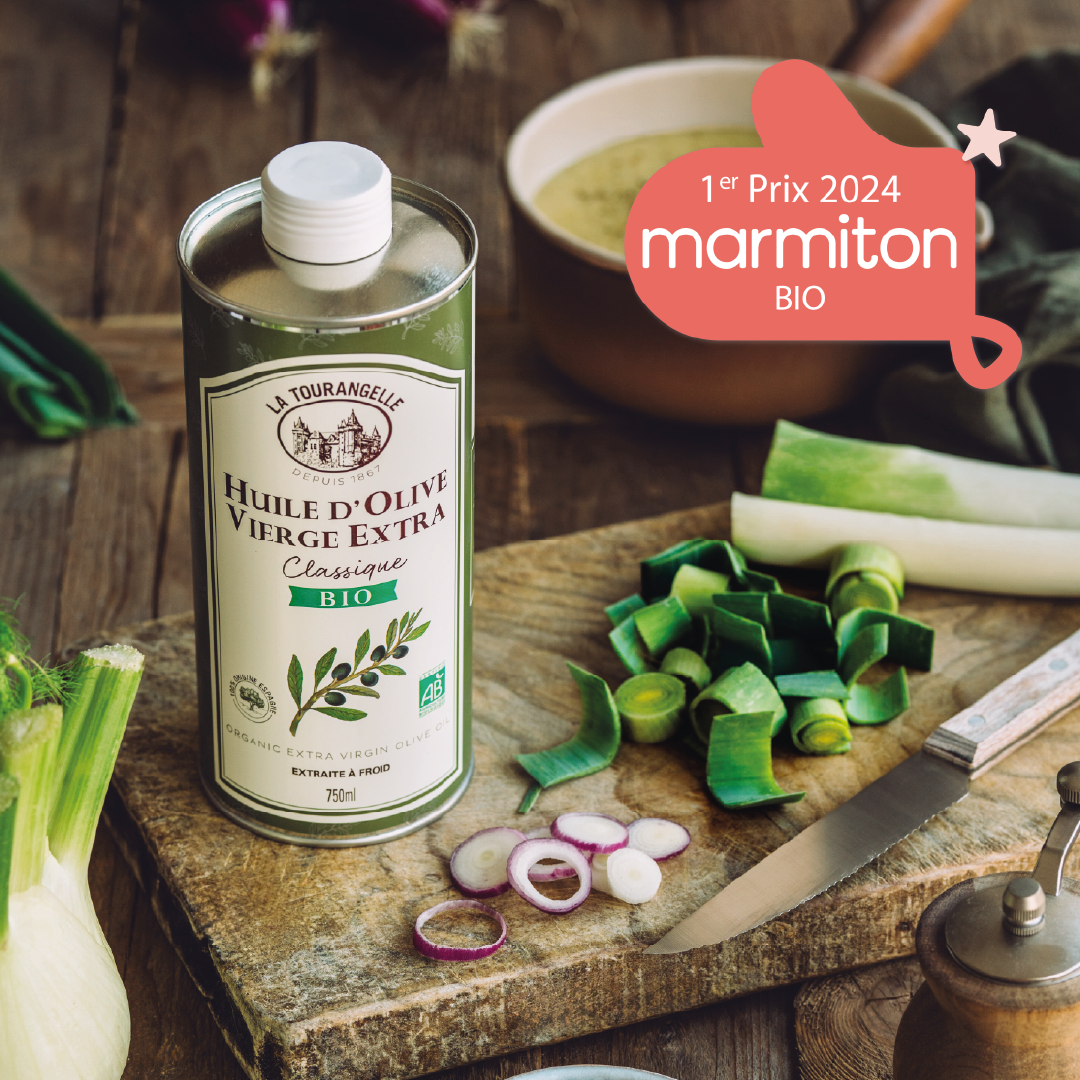Omega-3 and Omega-6:
with which oils to fill up on "good fats"?
Contrary to popular belief, not all fats are bad! On the contrary, the omega-3 and omega-6 contained in most vegetable oils are essential for the proper functioning of the brain and cardiovascular system. Provided, of course, that they are consumed in the right proportions.
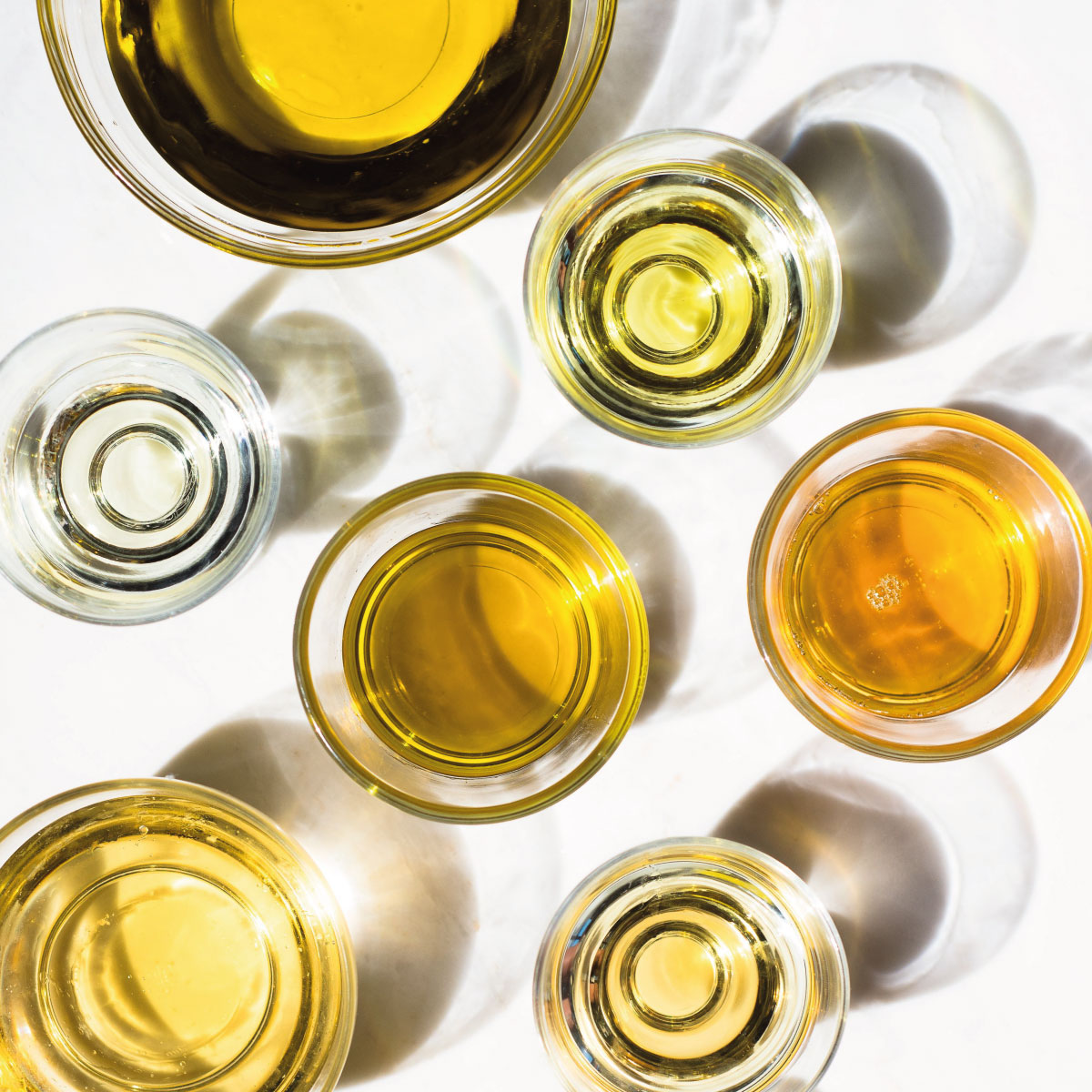
What are the differences between "good fats" and "bad fats"?
We often hear about "good fats" and "bad fats". But what does this really mean? In fact, there are different types of fats, which are themselves made up of different types of fatty acids. The fats we call 'bad fats' are those made up of saturated fatty acids, which are very present in processed foods, dairy products and fatty meats, especially cold cuts. Consumed in excessive quantities, these fats raise cholesterol levels and promote the development of cardiovascular disease. Trans fatty acids, which are found in many processed foods, also fall into the category of 'bad fats'.
Conversely, "good fats" increase the level of good cholesterol and have a protective effect on certain organs of the human body such as the brain, the cardiovascular system, the immune system and even the nervous system. These "good fats" are made up of monounsaturated and polyunsaturated fatty acids. The polyunsaturated fatty acids include the essential fatty acids that cannot be produced by the body. These are omega-3 and omega-6, which are contained in varying amounts in vegetable oils.
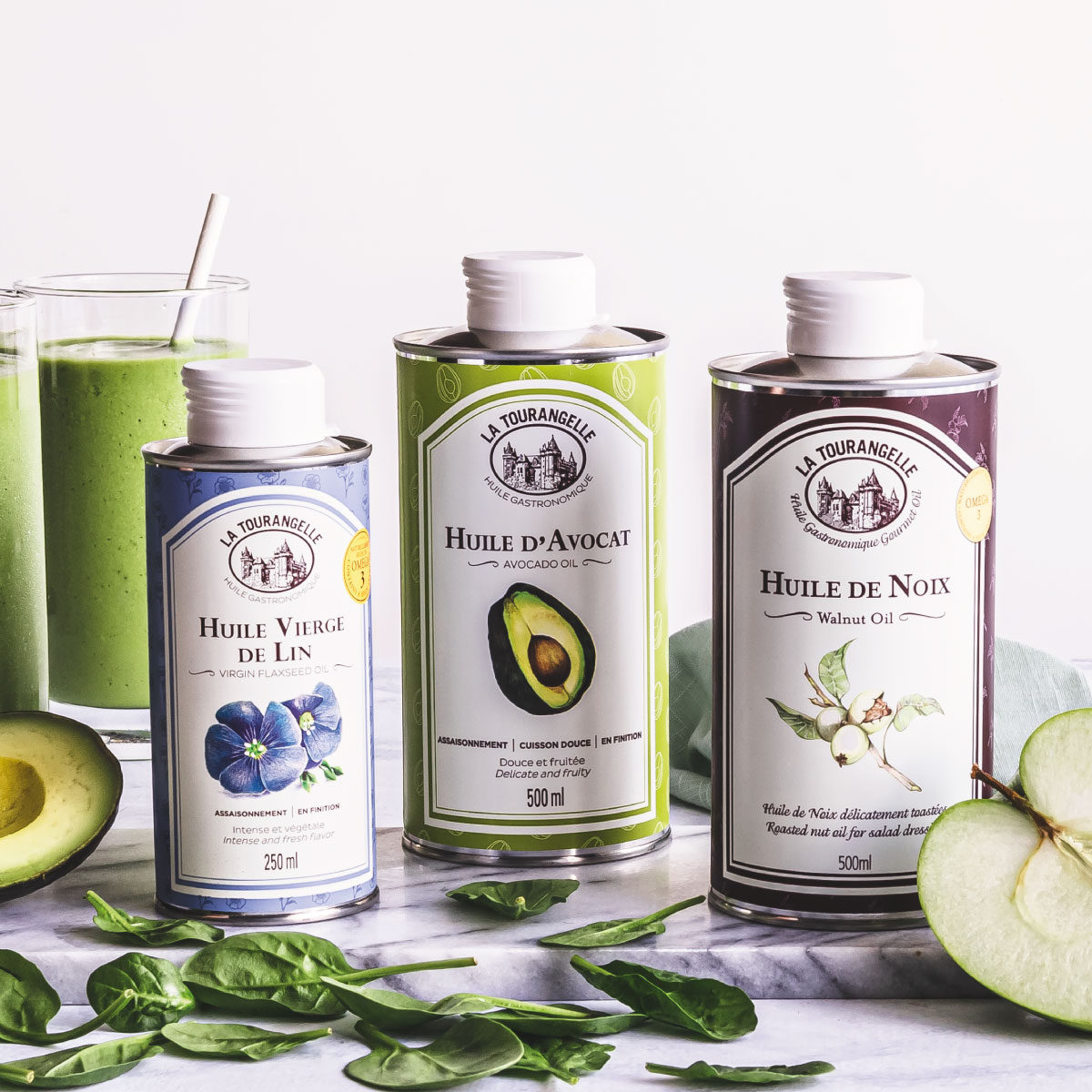
Which vegetable oils to fill up on omega-3?
Omega-3s have many good points. They help us maintain our cardiovascular health, lower our bad cholesterol levels, protect our eyes, our brain and also our nervous system. Unfortunately, we do not consume enough of them. And for good reason, apart from oily fish, omega-3s are not very present in the current diet.
The good news is that some vegetable oils contain large quantities of omega-3 and therefore allow us to limit deficiencies! This is the case with virgin Flaxseed oil, virgin Hempseed oil, Rapeseed oil and virgin Walnut oil.
The right thing to do? Vary our oil consumption as much as possible to take full advantage of their benefits and a 100% balanced diet.
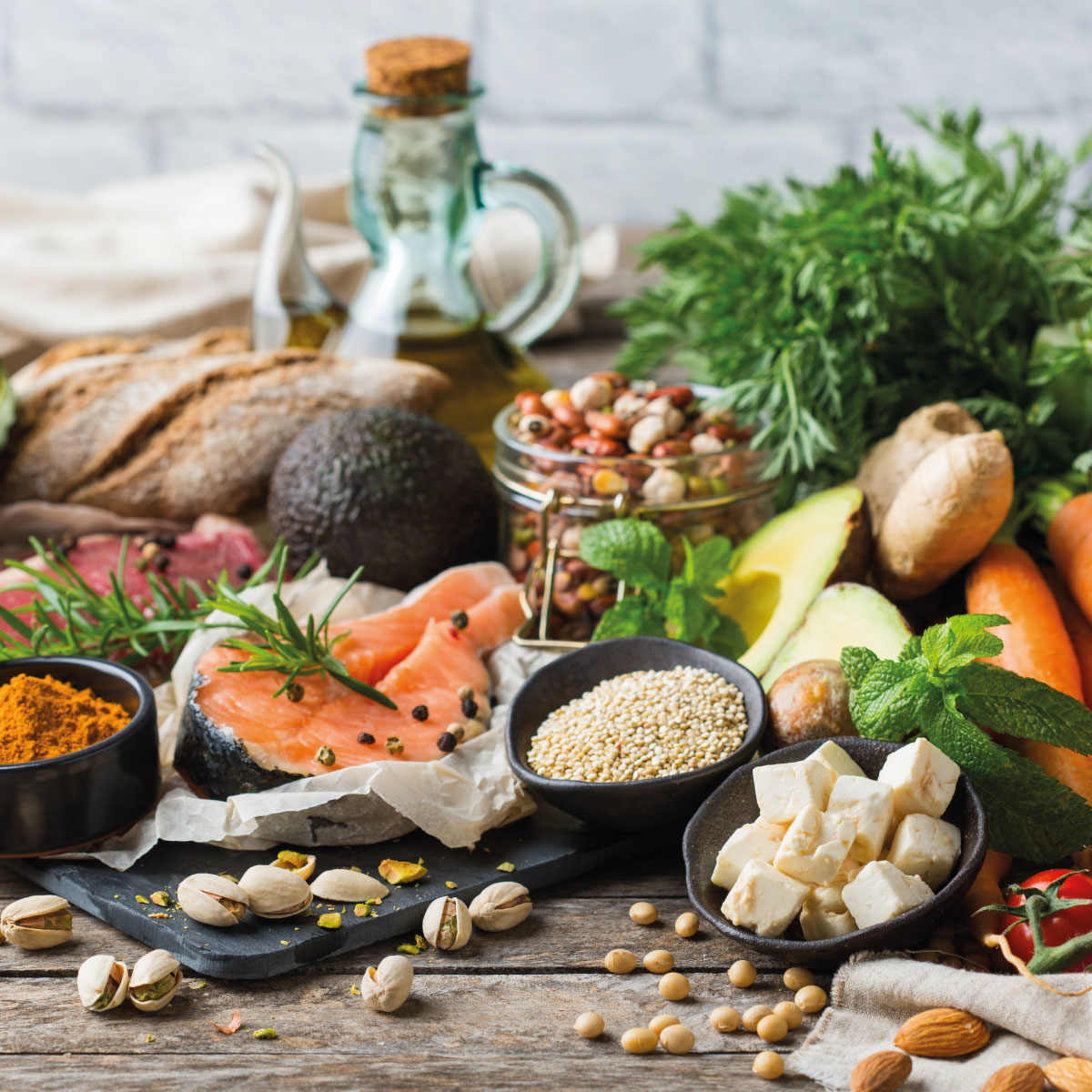
Which vegetable oils to fill up on omega-6?
Omega-6 is less rare than omega-3. We consume enough of them, even too much compared to omega-3. Ideally, we should consume 5 omega-6s for every 1 omega-3. However, nutrition experts note that we consume on average 20 times more omega-6 than omega-3!
This does not mean that we should say goodbye to omega-6. These essential fatty acids are real allies for our brain health, but also for our immune system and for the suppleness of our skin. The main thing is to consume them in moderation, taking care to optimise the omega-6/omega-3 ratio.
Among the vegetable oils richest in omega-6 are virgin Hempseed oil, Rapeseed oil, Grapeseed oil and Sunflower oil.

And what about the olive oil?
Olive oil contains little omega-3, a little omega-6, but above all a lot of omega-9! This monounsaturated fatty acid is also a "good fat". It is excellent for maintaining heart health and reducing hypercholesterolemia. Another reason why Olive oil is so popular is that it has exceptional antioxidant properties that help reduce oxidative stress in the body and thus prevent many diseases. When it is of good quality, olive oil is a precious ally!
La Tourangelle Organic Extra Virgin Olive Oil is made from two varieties of olives carefully selected for their intensely fruity notes: Picual & Aberquina. The olives are cold-pressed on the day of harvest in a family estate in the heart of Andalusia to ensure that the oil has a balanced and flavourful taste. It is ideal for both seasoning and cooking!
